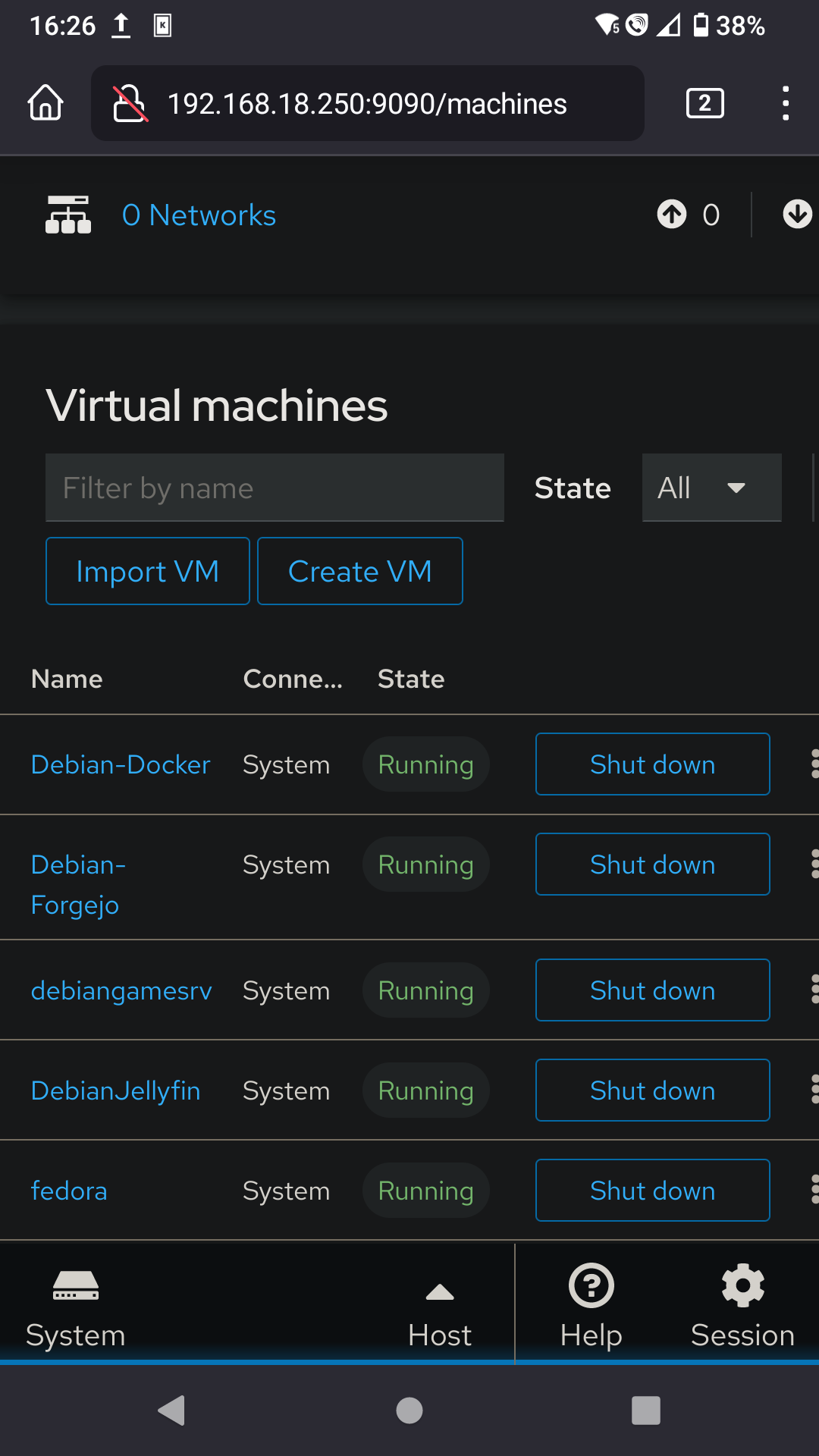If you are dipping toes into containers with kvm and proxmox already, then perhaps you could jump into the deep end and look at kubernetes (k8s).
Even though you say you don't need production quality. It actually does a lot for you and you just need to learn a single API framework which has really great documentation.
Personally, if I am choosing a new service to host. One of my first metrics in that decision is how well is it documented.
You could also go the simple route and use docker to make containers. However making your own containers is optional as most services have pre built ones that you can use.
You could even use auto scaling to run your cluster with just 1 node if you don't need it to be highly available with a lot of 9s in uptime.
The trickiest thing with K8s is the networking, certs and DNS but there are services you can host to take care of that for you. I use istio for networking, cert-manager for certs and external-dns for DNS.
I would recommend trying out k8s first on a cloud provider like digital ocean or linode. Managing your own k8s control plane on bare metal has its own complications.


